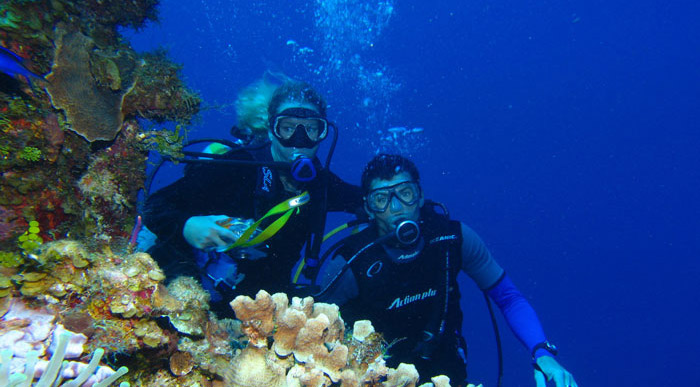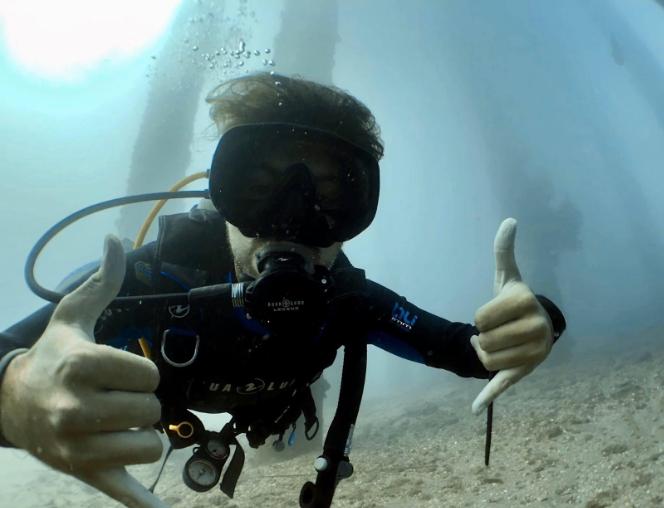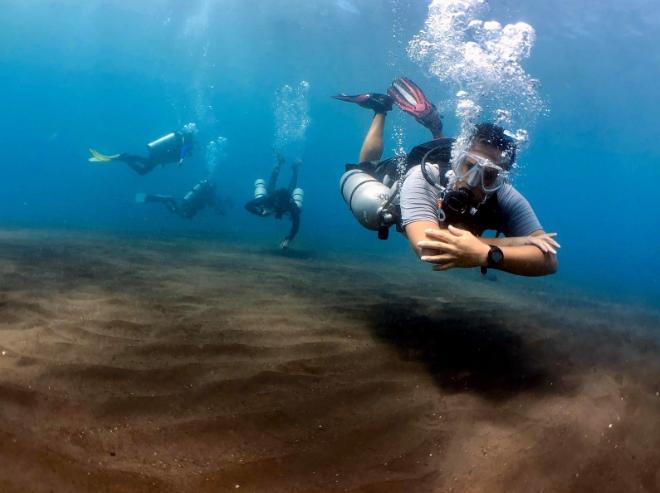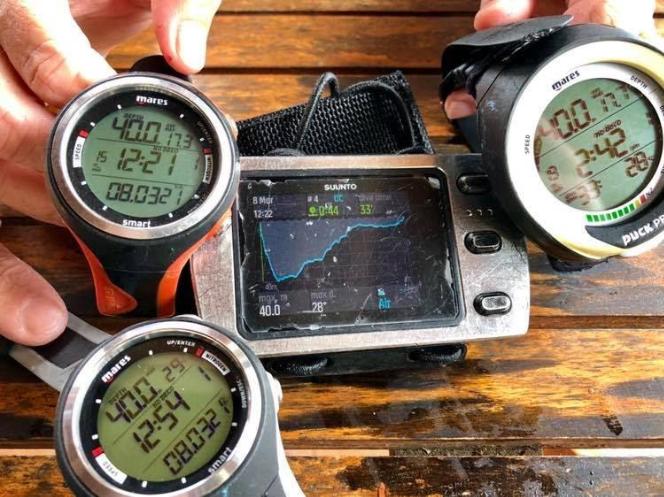How to Make Underwater Map for Briefing – Divemaster
One of the greatest skills every divemaster must possess is the ability to draw a map of the diving site to guarantee safety and also enhance the experience of divers. Mapping skills emanate from a deep knowledge of the diving site. This is a skill that will determine how good the interns under the divemaster will turn out to be. Doing divemaster internship in Bali will give you an upper hand compared to the other destinations. Bali dive sites topography varies widely which you can learn from in every single dive here.

How to Make Underwater Map for Briefing
When conducting pre-briefing dives, you need to have a comprehensive map drafted out of intense knowledge of the diving spot. As a divemaster intern, such knowledge should entail knowing the layout entry and exit points, hazards, distances, depths, currents, and hazards among other facts about the site.
While safety is a big concern in any diving site, it is possible for divers to have a great experience by knowing where they are at any time during the dive. Drawing an underwater map is part of the learning skills in Underwater Navigator – a PADI certification course.
To guarantee you ace the certification requirements, here are some tips to help you draft a reliable underwater map:
- Map out a shallow site when snorkeling to get a better view of the layout. To do this, make sure you check that the visibility is good enough
- Prepare all the required equipment and start by sketching the map from memory on a rough draft. This will help you add the correct measurements and bearing as you go along. This working slate will also help you build parameters that will guide the dives. On your map, note kick cycle to meter conversions or if not possible, you can convert at the end of it all.
- Identify a central location to act as your measurement guide. A buoy comes in handy in this case as you can attach a reel to get the right measurements. Always be careful not to harm marine life throughout the process. It is important to identify landmarks which will act as guidelines on your map and make sure the measurements are correct.
- Ensure you cover a large area when mapping and identify all outstanding features including rocks, corals, sponges and other permanent features. It is also important to note those features that should not be missed and ensure all hazards are part of the map. Entry and exit points should also be marked clearly.
- Use a grid and rulers to draw to scale to ensure any inconsistencies on the map can easily be identified and another mapping on that area can easily be done.
Making an underwater map should be a team effort and you should always avoid mapping an area that is too extensive. Plan carefully, be realistic about the goals, avoid taking shortcuts and keep improving the map every time you dive during your divemaster internship. Your route to PADI professional divemaster or instructor begins here.



